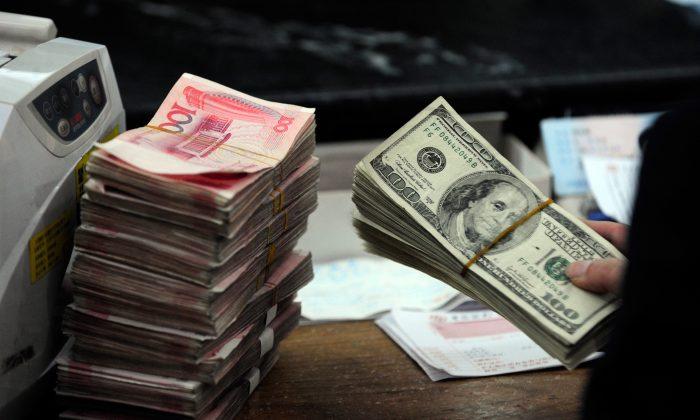One thing is for sure, the Chinese yuan just had its worst drop on record ever since the last currency in 1994. The yuan lost 2.9 percent against the dollar since the end of March to 6.64 on June 30.
Another sure thing: Brexit didn’t help as the yuan devalued almost one percent in a single day on the Monday after the historic vote. This is where the certainties end and where speculation and confusion starts.

It is speculation that China used the cover of Brexit to ease renewed pressure from capital outflows, which ebbed off to $20-$30 billion per month after $100+ billion run-rates in the first two months of the year. The 1 percent drop on Monday took the currency close to six year lows and could have been a welcome opportunity to do this, as everybody else was watching how markets in Europe reacted to the Brexit. Before, China’s currency has been dominating headlines and global markets since the first surprise devaluation in August of last year and any sharp devaluation was not received well.
On the other hand, traders could have just taken some risk off the table because of the global spike in volatility. Another indication that the Chinese currency will enter the safe haven status anytime soon.
On the policy side, things are even more confusing. Despite the steep drop and relative volatility, Chinese state newspapers want the world to believe that there is no pressure on the currency. “Although the yuan’s mid-point fell against the U.S. dollar on consecutive days, the mood in both on-shore and off-shore markets is basically stable with no signs of panic-selling or a scramble for foreign currencies,” the Shanghai Securities News reported, citing industry experts as saying.
Panic selling is a vague term and may be more applicable to the British pound, but stability in the onshore and offshore yuan markets also looks different.
Although the regime is maximizing for stability, it doesn’t mind that Reuters quotes other government economists later in the week who claim the central bank would be happy to see the yuan at a rate of 6.8 per dollar. “The central bank is willing to see yuan depreciation, as long as depreciation expectations are under control,” Reuters cites unidentified sources.
The place to start getting things control: Unidentified economists.






Friends Read Free